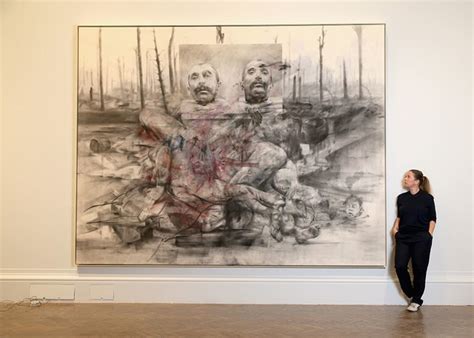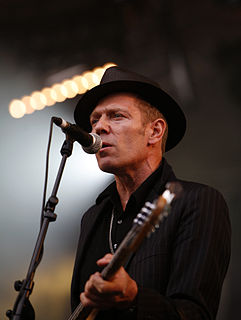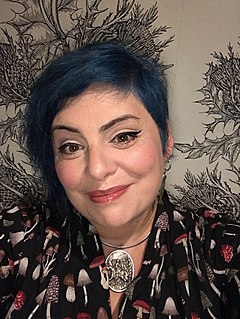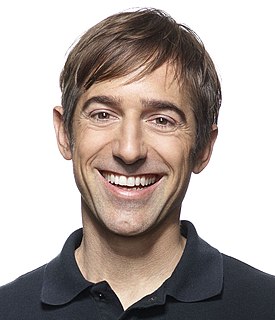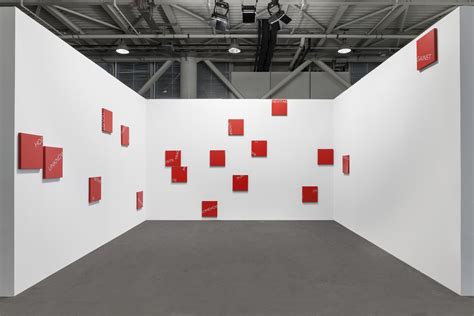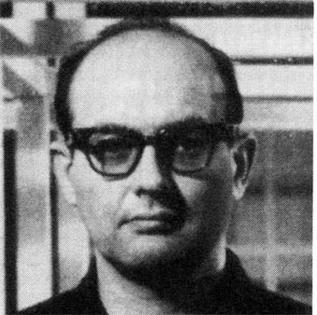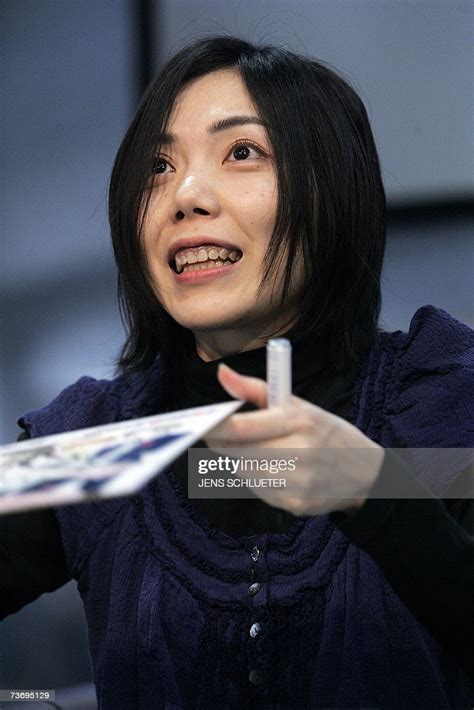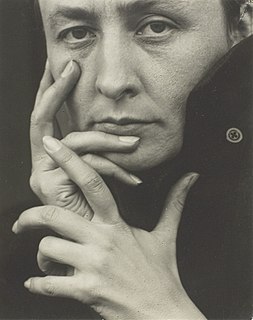A Quote by Kehinde Wiley
One of my most strong memories was studying with Mel Bochner, one of the, I think, high water marks of American conceptual art.
Related Quotes
I think one of the things that I took from Mel [Bochner] specifically was his ability to look at oneself and one's relationship to the history of art and the practice of art at arm's length, the ability to sort of clinically and coldly remove oneself from the picture and to see it simply as a set of rules, habits, systems, moving parts.
I'm not anti conceptual art. I don't think painting must be revived, exactly. Art reflects life, and our lives are full of algorithms, so a lot of people are going to want to make art that's like an algorithm. But my language is painting, and painting is the opposite of that. There's something primal about it. It's innate, the need to make marks. That's why, when you're a child, you scribble.
The most important thing for any con artist is never to think like a mark. Marks think they can get something for nothing. Marks think they can get what they don’t deserve and could never deserve. Marks are stupid and pathetic and sad. Marks think they’re going to go home one night and have the girl they’ve loved since they were a kid suddenly love them back. Marks forget that whenever something’s too good to be true, that’s because it’s a con.
Intellectual culture seems to separate high art from low art. Low art is horror or pornography or anything that has a physical component to it and engages the reader on a visceral level and evokes a strong sympathetic reaction. High art is people driving in Volvos and talking a lot. I just don't want to keep those things separate. I think you can use visceral physical experiences to illustrate larger ideas, whether they're emotional or spiritual. I'm trying to not exclude high and low art or separate them.
People who look at art don't really - don't go with the artist. They don't sort of accept what he or she has done and kind of go with it. There are always - either there's too much color or not enough color, either it's not conceptual enough or it's too conceptual. In other words, most criticism isn't what the viewer expected that it would do based on what they think you have done and that's good as far as I'm concerned.

